Step-by-Step Guide on How to Use a Pool Vacuum Cleaner

You’re excited to swim in your clean pool on a hot summer day. But wait, you see leaves, residue, and maybe algae below the water’s surface. Today, we will discuss how to use a pool vacuum cleaner so you may enjoy pristine waters all season.
Operating a pool vacuum cleaner may sound intimidating, but it’s quite easy. This tutorial breaks down pool upkeep into simple stages for beginners and experts. We’ll cover everything from vacuum assembly to underwater movement and eliminating pool debris.
Grab your pool vacuum cleaner, and let’s explore pool care. With the correct knowledge and practice, you can become a pool vacuuming expert, keeping your pool ready for summer enjoyment.
Understanding Pool Vacuum Cleaners

Before delving into how to use a pool vacuum cleaner, it’s important to have a basic understanding of these devices. In simple terms, pool vacuum cleaners are machines that use suction to remove debris from the bottom and walls of your pool. They come in different types, such as manual, automatic, and robotic cleaners.
Manual cleaners require moving the vacuum along the pool’s surface, whereas automatic and robotic cleaners are powered and move around independently. Understanding the type of pool vacuum cleaner you have will help you operate it more effectively.
Pool vacuum cleaners are attached to the pool’s filtration system, which pumps water through the cleaner, allowing it to suck up debris. You can adjust the suction to accommodate different types of debris and pool surfaces.
How to Use a Pool Vacuum Cleaner

1️⃣Preparing Your Pool Vacuum Cleaner
Before you start vacuuming your pool, it’s important to perform routine maintenance checks on your pool vacuum cleaner. It will ensure that your vacuum cleaner is in good working condition and ready for use. We will cover the preparation of your pool vacuum cleaner in this part, along with tips on troubleshooting frequent problems and cleaning the filter.
✔Clean the Filter
The filter is an essential part of the pool vacuum cleaner that removes debris from the water. Over time, the filter can become clogged, making it less effective. To clean the filter, turn off the vacuum cleaner and remove the filter from the pump basket. Before putting the filter back in, rinse it with a garden hose and let it dry.
2️⃣Inspect the Hoses
Hoses can become kinked or damaged, affecting the suction of the pool vacuum cleaner. Before using the vacuum cleaner, inspect the hoses for any signs of damage and ensure they are free of any kinks or blockages.
✔Fixing Common Issues
Even with routine maintenance, issues may arise while using your pool vacuum cleaner. Here are some common troubleshooting tips:
- If there is a loss of suction, check the pump and skimmer baskets for debris.
- If the pool vacuum cleaner is not moving, check the hose for kinks or blockages.
- If the vacuum head does not contact the pool surface, adjust the water flow or check the hose for leaks.
3️⃣Setting Up the Pool Vacuum Cleaner
With the necessary maintenance steps completed, you’re now ready to connect your pool vacuum cleaner. The procedures listed below will guarantee a successful and effective connection:
- Attach the telescopic pole to the vacuum head: depending on your model, you may need to screw or snap the head onto the pole.
- Connect the hose to the skimmer or vacuum port: the hose should fit snugly into the skimmer or vacuum port. If using a manual cleaner, attach the hose to the designated port on the vacuum head.
- Secure the connection: use a vacuum plate or skimmer cone to create a tight seal between the hose and skimmer/vacuum port. If you’re using a manual cleaner, hold onto the pole and the hose while you lower it into the water.
Ensure all connections are secure to avoid losing suction or damaging the pool’s filtration system.
4️⃣Priming Your Pool Vacuum Cleaner
Now that your pool vacuum cleaner is connected, it’s time to prime the system before vacuuming. Priming your pool vacuum cleaner is essential to remove any air from the hoses, skimmer, or vacuum port to ensure optimal suction and performance. Here’s how to prime your pool vacuum cleaner:
- Begin by turning off the pool pump.
- Lower the vacuum head into the pool after fastening it to the telescopic pole.
- Fill the hose with water by submerging it entirely into the pool, holding one end against a return jet, and letting the water flow through the hose until it’s full.
- Hold the other end of the hose over the skimmer or vacuum port and insert it into the suction fitting.
- Turn on the pool pump.
- Hold the hose over the skimmer or vacuum port and into the suction fitting until it removes all the air and water consistently flows through the hose.
- Once it fills the hose with water, the pool vacuum cleaner is primed and ready to use.
Remember to watch the suction lines while priming your pool vacuum cleaner. If air bubbles are still visible after the hose is submerged, there may be a leak in the suction line or an issue with the pool’s pump. If you encounter problems during the priming process, refer to the troubleshooting section for guidance on resolving common issues.
5️⃣Vacuuming Your Pool
With your pool vacuum cleaner properly connected and primed, it’s time to start vacuuming. You should vacuum your pool at least once a week to maintain optimal cleanliness.
Begin by maneuvering the vacuum head across the above-ground pool’s surface and slowly make your way toward the deep end. Use long, sweeping motions to clean the bottom and walls of the pool. Be sure to overlap each stroke to ensure thorough cleaning.
If your pool has steps or other features, take extra care to maneuver the vacuum head around them to clean those areas as well. For hard-to-reach spots, use a brush to loosen any debris and vacuum those areas.
✔Tackling Specific Areas
- If you notice a lot of debris collecting in one area, spend extra time vacuuming it to ensure it’s thoroughly cleaned.
- If your pool has algae, vacuum the affected areas first and then clean the rest to avoid spreading the algae.
- If your pool has a vinyl liner, use a vacuum head with a soft brush to avoid damaging the liner.
Once you have finished vacuuming the pool, remove and clean the vacuum head, hose, and skimmer basket. Wash them well and keep them in a dry place.
6️⃣Cleaning the Filter
Using your pool vacuum cleaner, the filter will collect debris that needs regular cleaning to ensure proper maintenance. Keeping the filter clean ensures that your pool vacuum cleaner functions efficiently for a long time.
Here is a step-by-step guide to clean various types of filters:
Cartridge Filters
- Turn off the pool pump and ensure that the system is depressurized.
- Remove the cartridge from the housing.
- Use a hose to rinse the cartridge, starting from the top and working down.
- Soak the cartridge in a cleaning solution for the required amount of time.
- Rinse the cartridge again to remove any remaining debris and clean the solution.
- Reinsert the cartridge into the housing and secure it tightly.
Sand Filters
- Turn off the pool pump and ensure that the system is depressurized.
- Close the valves leading to and from the filter.
- Let the water out of the filter by removing the drain stopper.
- Using a specialized sand filter cleaner, remove the sand from the filter.
- Rinse the sand thoroughly to remove any remaining debris and cleaner.
- Reinsert the sand and add the required pea gravel to the filter.
- Reattach the drain plug and open the valves.
Diatomaceous Earth Filters
- Turn off the pool pump and ensure that the system is depressurized.
- Remove the valve from the filter tank.
- Remove the grids from the tank and hose them off with a high-pressure hose.
- Soak the grids in a cleaning solution for the recommended time.
- Rinse the grids again to remove any remaining debris and clean the solution.
- Reinsert the grids, ensuring that the manifold is aligned correctly.
- Reattach the valve and secure it tightly.
Regular filter maintenance will help keep your pool water clean and healthy. If you encounter any issues during the cleaning process, refer to the troubleshooting section or contact a pool maintenance professional for assistance.
7️⃣Treating Pool Stains
Nothing is more frustrating than dealing with pool stains that won’t go away. Fortunately, there are a few approaches you may take to cure and get rid of them.
✔Chemical Stain Removers
Chemical stain removers help eliminate stubborn stains caused by metals, rust, and other substances. When using these items, adhere to the manufacturer’s directions since they may call for protective clothing due to their potency.
✔Natural Remedies
If you prefer a more natural approach, several household items can effectively treat pool stains. One of the most popular methods is to make a paste using baking soda and water. Directly apply the paste onto the stain, let it stay for a few minutes, then scrub with a brush and rinse with water. Other natural remedies include vinegar, lemon juice, and vitamin C tablets.
✔Prevention
The best way to deal with pool stains is to prevent them from occurring in the first place. Regularly testing and balancing your pool’s water chemistry can prevent the buildup of chemicals and metals that cause stains. Additionally, ensuring that your pool’s filtration system is functioning can help remove potential stain-causing substances from the water.
✔Professional Help
If all else fails, you may need professional help to treat stubborn stains. A pool maintenance expert can examine the stain and determine the best removal action.
Using these stain-removal strategies, you can maintain a clean and attractive pool all season long. Don’t forget to add stain treatment to your routine maintenance checklist to prevent stains from becoming a recurring problem.
Troubleshooting Common Pool Vacuum Issues

While pool vacuum cleaners help make the task of pool maintenance easier, they can still encounter issues occasionally. Here are some common problems you may encounter:
🔧Tangled Hoses
If you notice that the hoses are tangled or twisted, this can impede the vacuum cleaner’s suction power. To fix this issue, turn off the pump and straighten the hoses. It’s also helpful to ensure that the hose is long enough to cover the entire pool’s length and width without being too long that it gets tangled.
🔧Loss of Suction
If you’re experiencing a loss of suction, start by checking the filter for any blockages, inspecting the hoses to ensure they’re properly connected, and ensuring the skimmer and pump basket are clear. If the issue persists, check for air leaks on the suction side. You can accomplish this by performing a bucket test.
🔧Malfunctioning Parts
If you notice that any part of the vacuum cleaner is not functioning correctly, such as a broken hose or damaged vacuum head, replace the faulty component as soon as possible. Using the vacuum cleaner with a malfunctioning part can cause further damage.
🔧Unsatisfactory Cleaning
If you find that the pool is not that clean, ensure the filter is clean, the vacuum head is functioning properly, and you use the proper vacuum head for the pool surface type. Regularly vacuuming the pool is also important to ensure dirt and debris do not accumulate.
🔧Clogged Filter
If your pool vacuum cleaner’s filter is clogged, it’s essential to clean it promptly. A blocked filter may force the pump to operate harder, increasing the risk of burnout. The quantity of trash in your pool and the sort of filter you have will determine how often you need to clean it.
By adhering to routine maintenance practices and troubleshooting common issues as they arise, you can ensure that your pool vacuum cleaner functions optimally and can keep your pool crystal clear. Additionally, regular maintenance can help your pool vacuum cleaner last longer, saving you time and money.
Safety Precautions When Using Pool Vacuum Cleaner

When it comes to using a pool vacuum cleaner, safety should always be your top priority. Here are some important safety precautions to follow:
- Put on the proper safety equipment, such as gloves and goggles, while working with chemicals or debris.
- Keep the area around the pool clear of obstacles to avoid tripping or falling.
- Never allow children or pets to be near the pool while vacuuming.
- Ensure the pool vacuum cleaner and all electrical components are properly grounded to avoid electrical hazards.
- Do not operate the pool vacuum cleaner if the water level is too low.
- Always turn off the pool pump before connecting or disconnecting the vacuum cleaner.
- Use caution when handling the telescopic pole to avoid poking or hitting others.
Frequently Asked Questions
Q: How do you fill a pool vacuum with water?
A: To get started, connect the telescopic pole’s vacuum head to the end of the telescopic pole. The second step is to attach one end of the suction hose to the head of the vacuum, and the other end to the water return outlet or the skimmer inlet in your pool. Turn on the pool pump to generate suction, then use the vacuum line to suck water into the vacuum itself until it is full. After the pool has been filled with water, the bottom and the walls may be cleaned using a vacuum cleaner.
Q: Should I backwash after vacuuming the pool?
A: It’s good practice to backwash your pool filter after vacuuming. Vacuuming can introduce debris and particles into the filter, reducing its efficiency. Backwashing helps flush out this debris and ensures your filter operates effectively, keeping your pool water clean and clear.
Q: How often should I vacuum my pool?
A: The frequency of pool vacuuming depends on factors like pool size, usage, and surrounding debris. It’s ideal to vacuum your pool at least once a week to keep it clean. However, you may need to do it more frequently if your pool sees heavy use or if you have a lot of leaves and debris falling into it.
Q: Do you run the pool pump while vacuuming?
A: Yes, you should run the pool pump while vacuuming. The pump creates suction that helps the vacuum clean the pool effectively by drawing in debris and water. Running the pump ensures proper circulation and filtration during the vacuuming process.
Q: Should I brush the pool before vacuuming?
A: It’s a good idea to brush the pool before vacuuming. Brushing helps loosen and dislodge debris, making it easier for the vacuum to pick up. This combination of brushing and vacuuming ensures a more thorough pool cleaning.
Q: Is chlorine enough to keep a pool clean?
A: Chlorine is essential to pool maintenance, as it sanitizes and kills bacteria. However, it may not be enough to keep a pool completely clean. You also need proper filtration, regular cleaning, and pH balance maintenance to ensure crystal-clear and safe pool water.
Conclusion
Mastering the art of using a pool vacuum cleaner is a fundamental skill for any pool owner. By following the instructions in this book, you can ensure that your pool stays a spotless and welcoming haven for leisure and pleasure. Always start with a clean filter, attach the vacuum head, and connect the hose properly.
Allow the pump to create suction, and be patient as you methodically clean every inch of your pool’s floor and walls. Don’t forget to brush the pool beforehand to dislodge stubborn debris. While chlorine plays a crucial role in pool maintenance, it’s essential to complement it with regular vacuuming and filtration for the best results.
For any questions or further advice, feel free to comment below. Your feedback and experiences are valuable, and sharing your insights can benefit novice and experienced pool owners. Together, we can create a space where friends and family may create enduring memories by expertly and carefully maintaining our pools.

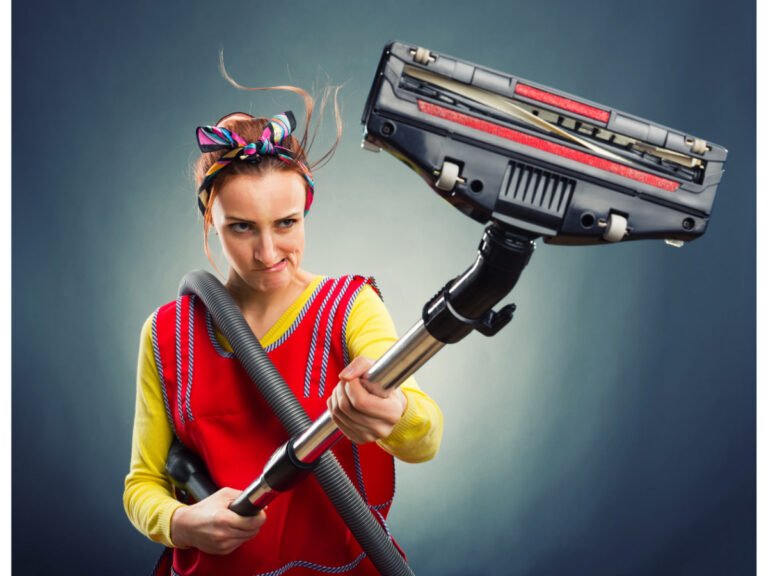
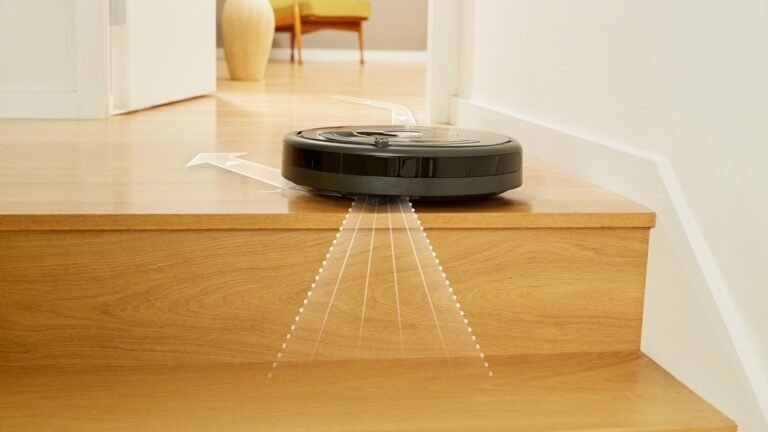
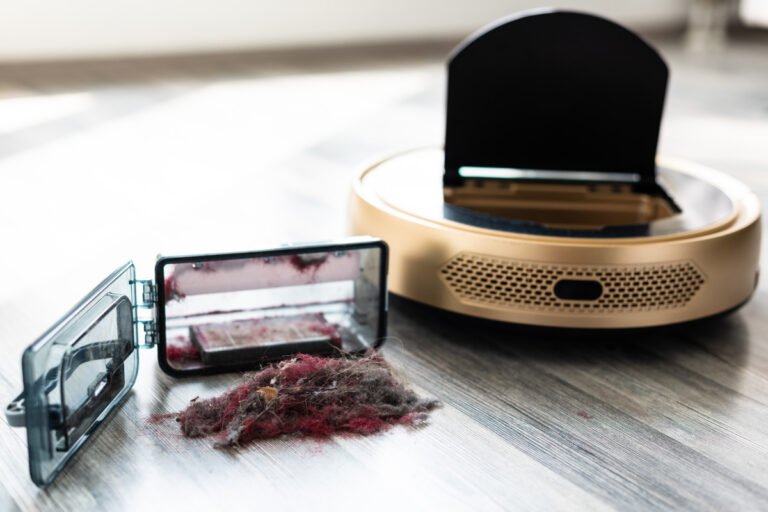
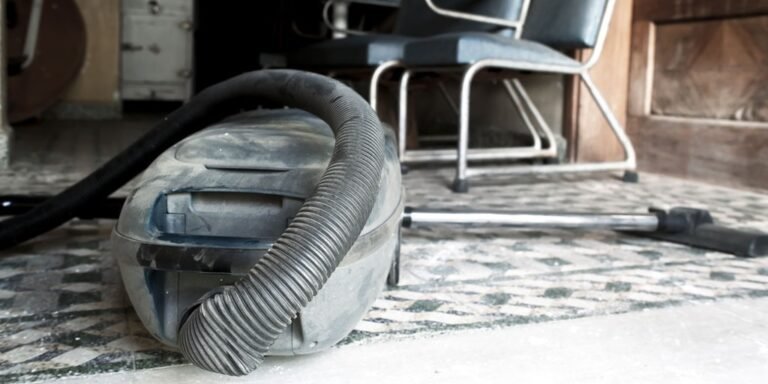
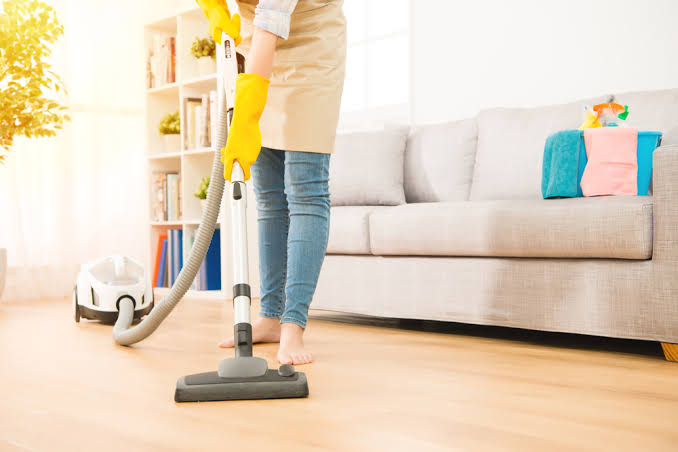
![Best Car Vacuum Cleaners Options [Buyers Guide]](https://relentlesshome.com/wp-content/uploads/2020/02/best-car-vacuums-768x438.jpg)